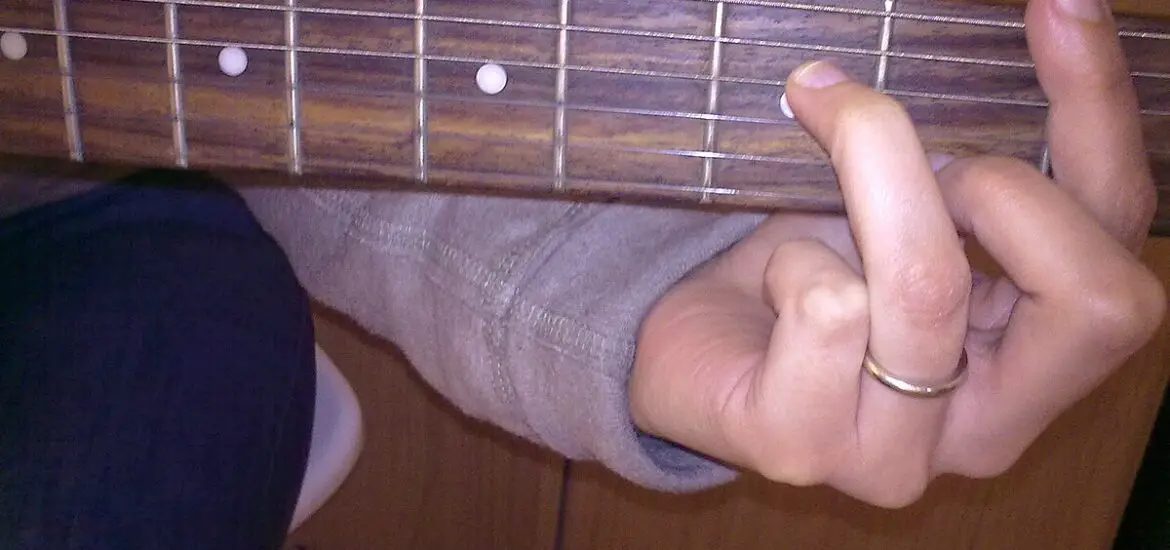If you’ve been questioning why guitar bar chords are crucial, you’ve landed on the right article. Many beginners and even some intermediate players struggle to understand the significance of these complex-seeming chords. In this comprehensive guide, we’ll walk you through the ins and outs of bar chords, from their importance to tips and troubleshooting.

Why Guitar Bar Chords Are Important
Bar chords, often spelled as ‘barre chords,’ are a fundamental aspect of guitar playing for several reasons:
- Chord Versatility: Bar chords allow you to play a variety of chord types across the guitar neck, freeing you from the limitations of open chords.
- Key Changes: With bar chords, changing the key of a song becomes straightforward. You just move the chord shape up or down the fretboard.
- Dynamic Playing: Bar chords enable you to add new dimensions to your playing, offering opportunities for palm muting, sliding, and other techniques.
The Anatomy of a Bar Chord
A bar chord is a chord where one or more fingers press down multiple strings across a single fret. To better understand, let’s dissect its parts:
- Root Note: This is the note that defines the chord. For example, in a G major bar chord, the root note is G.
- The Bar: This is your index finger laying flat across multiple strings at a particular fret.
- Remaining Notes: Other fingers press specific strings to complete the chord shape, adding the third, fifth, and other notes of the scale.
Read more guitar topics here – Guitar Questions: Get the Right Answers to Your Burning Questions
How to Form a Bar Chord
Forming a bar chord can be challenging but is straightforward once you get the hang of it. Here are the steps:
- Locate the Root Note: Determine the root note of the chord you want to play. This will tell you where to position your index finger.
- Position Your Index Finger: Lay your index finger flat across the strings at the fret where your root note is located. Apply even pressure across the strings.
- Add Other Fingers: Position your other fingers to complete the chord shape. Make sure each finger presses down its string(s) firmly to produce a clear sound.
- Strum and Adjust: Strum the chord. If it sounds off, make small adjustments to your fingers until the sound is clear.
Common Problems and Solutions
Learning to play guitar bar chords can be tricky. However, most problems have simple solutions:
Finger Pain
Finger pain is common when learning guitar bar chords. Here are some tips to alleviate it:
- Try to relax your grip slightly.
- Ensure your thumb is comfortably positioned at the back of the neck.
- Practice in short bursts to avoid straining your hand.
Buzzing Sound
If you’re getting a buzzing sound, try the following:
- Check to make sure you’re pressing down hard enough on each string.
- Reposition your fingers to ensure they are not touching adjacent strings that should be ringing out.
- Inspect your guitar setup. Sometimes, the issue could be with the guitar itself, such as a bowed neck or low action.
Why Guitar Bar Chords?: Conclusion
By now, you should have a robust understanding of why guitar bar chords are so crucial for any guitarist. They offer versatility, ease in changing keys, and a broader range of expressive techniques.
While they can be difficult to master, remember that even professional guitarists had to start somewhere. With consistent practice and attention to technique, you’ll find bar chords becoming a natural part of your skill set.
